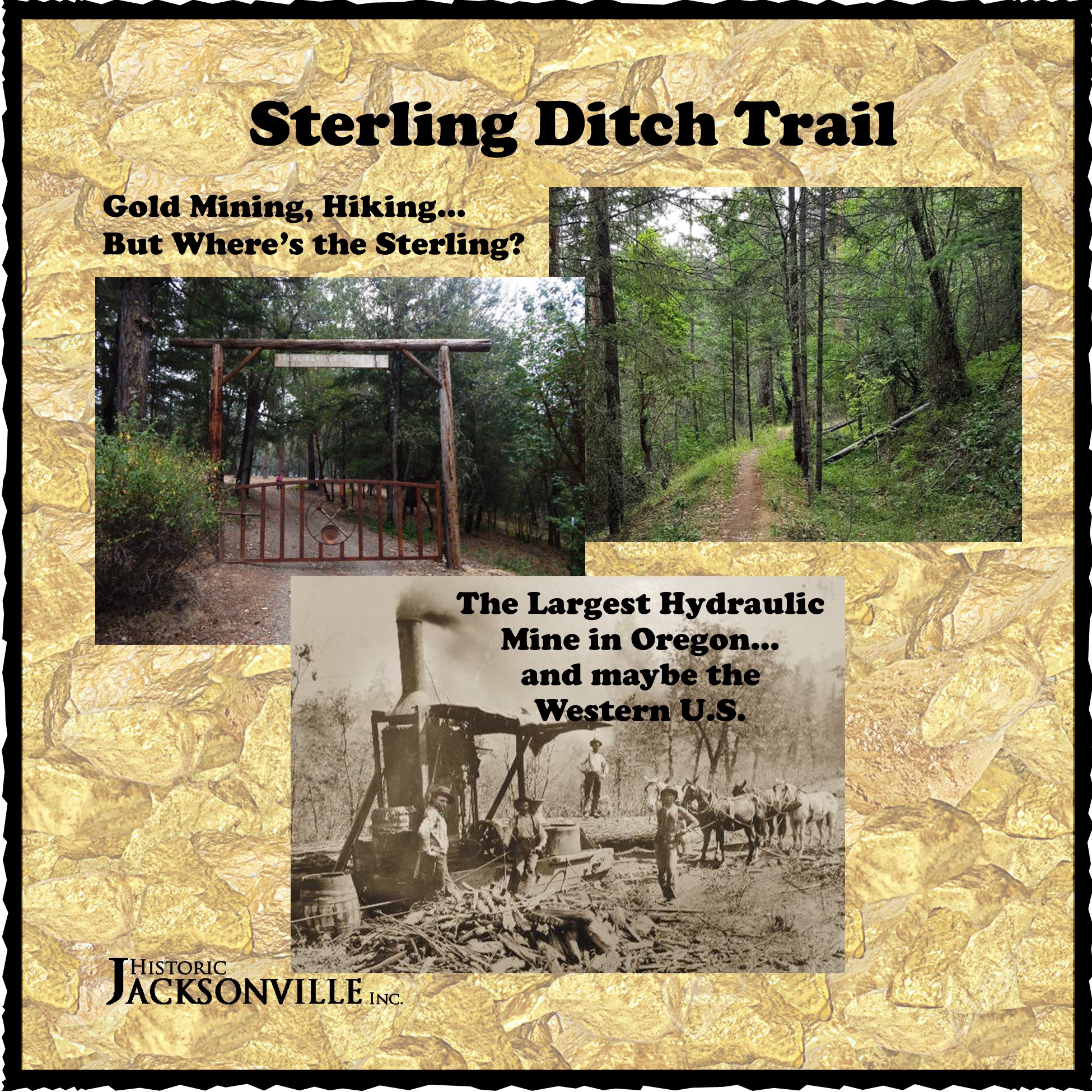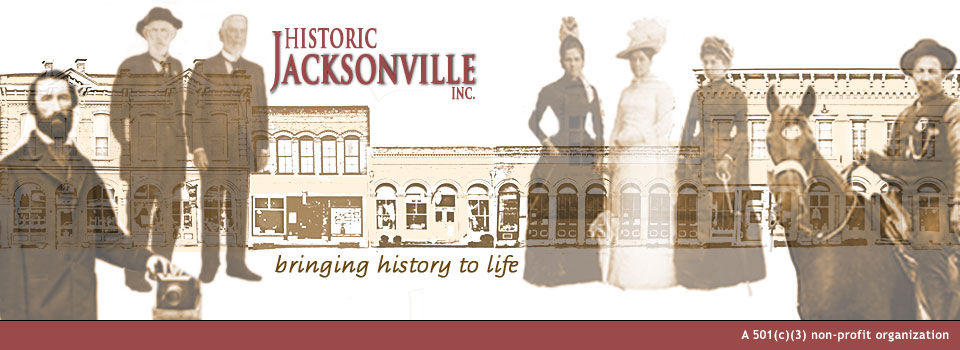
January 26, 2021
If you’re feeling cooped up these days, the Sterling Ditch Trail just 8 miles south of Jacksonville offers year-round intermediate level hiking, mountain biking, and equestrian opportunities. But silver was never mined here, so where does the name come from? Sterlingville was founded in 1854 when two miners named James Sterling and Aaron Davis discovered gold in nearby Sterling Creek (named after Sterling of course). Word leaked out that gold had been found, and within two years Sterlingville was home to over 800 people. Soon there were general stores, a warehouse, boarding houses, a bakery, a casino, a dance hall, saloons, a blacksmith shop, a barber shop, and many houses. At its peak Sterlingville had a population of over 1,500. It even had a school district and a post office. In 1877, the newly founded Sterling Mine Company built the Sterling Ditch, diverting water 23 miles from Little Applegate River for hydraulic mining of gold and chromite. Sterling Mine quickly became the largest hydraulic mine in Oregon, and possibly the entire western United States. But as the gold ran out, the population of the town declined. During the Great Depression, Sterlingville saw a revival of hydraulic mining, but after the mines closed in 1957, the town was abandoned, and nature eventually reclaimed the buildings. Today, the cemetery—and the Sterling Ditch Trail—are the only remaining signs of Sterlingville’s existence.
